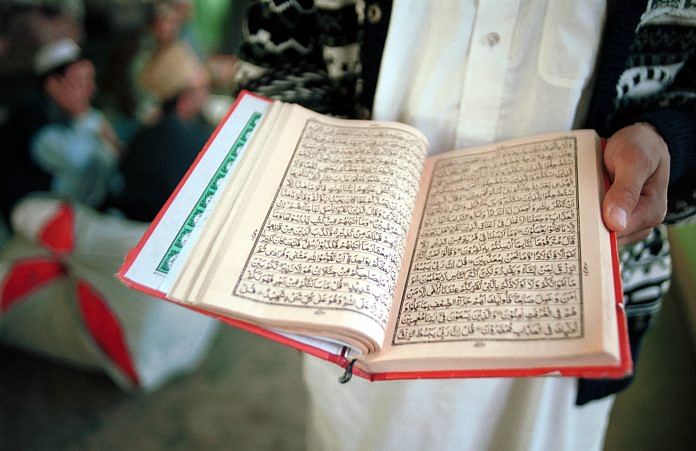A state scheme offers madrassas money for teacher salaries and basic infrastructure if they introduce formal education in subjects such as science and maths alongside religious studies.
Mumbai: The BJP-led Maharashtra government has found few takers for a scheme to introduce formal education in madrassas despite offering funds as an incentive.
Only 144 of the estimated 1,889 madrassas registered in the state (7.6 per cent) availed of the scheme in 2017-18, according to data from the state minority affairs department, which gave these institutes a total of Rs 5.36 crore in grants.
As part of the scheme, registered madrassas with residential facilities for students receive government grants if lessons in subjects such as science, maths, social sciences, Hindi, Marathi, English and Urdu accompany religious studies.
Interested institutes have to apply for the grant each year, with the shortlisted madrassas receiving funds for teacher salaries and basic infrastructure, libraries, computer labs, and so on. Even the institutes selected in a given year have to make a fresh application for the grant in subsequent years. The scheme also offers scholarships for students who wish to study in a regular school between classes IX and XII.
A fear of state control, officials say
An official from the state minority affairs department said the response from madrassas had been poor because of the perception that accepting funds from the government would bring them under state control.
“We have been trying to tell them that it is not the state’s intention to exert control on madrassas. The government will only ask for accountability to the extent of the funds we provide them with,” the official added.
Maulana Mehmood Daryabadi, the general secretary of the All India Ulema Council, said they “didn’t need the state government’s help with institutes that impart religious teachings”.
“The state’s help always comes with a lot of strings attached,” he added, “Tomorrow, the government will expect the madrassas to toe the line on all its directives, whether they are related to filing reports or hanging pictures of certain personalities on the school walls.”
Shyam Tagade, principal secretary, state minority affairs department, said while madrassas were reluctant to avail of the scheme, a major reason for the low numbers was stricter government scrutiny.
“When I took charge of the department, I realised that there were a lot of irregularities in the scheme. The offices of the district collectors conducted inquiries and discovered that a number of addresses given for the madrassas did not exist, there were many with locks on their doors, while some had not used the funds properly,” Tagade said, “The department gave instructions that the money be recovered from defaulters and criminal action initiated.”
Since then, he added, the government had been strictly conducting field inspections and scrutiny of documents before determining if an applying madrassa was eligible.
Numbers of beneficiaries has been dwindling
The scheme was introduced by Maharashtra’s erstwhile Congress-Nationalist Congress Party government. In its first full year, in 2014-15, the scheme benefitted 536 madrassas, with the government disbursing Rs 18.09 crore altogether.
In 2015-16, 188 madrassas received grants under the scheme, with the number dipping to 175 in 2016-17.
For 2018-19, the state minority affairs department has set a target of at least 200 beneficiaries, with Rs 8 crore set aside for the scheme.
The state government has also set up a three-member committee to review the scheme, the state of madrassas in Maharashtra, how funds under the scheme have been used so far, and subject awareness among students up till Class X. The minority affairs department has also asked the committee to study comparable schemes on offer in other states, and suggest changes to make it more popular.






